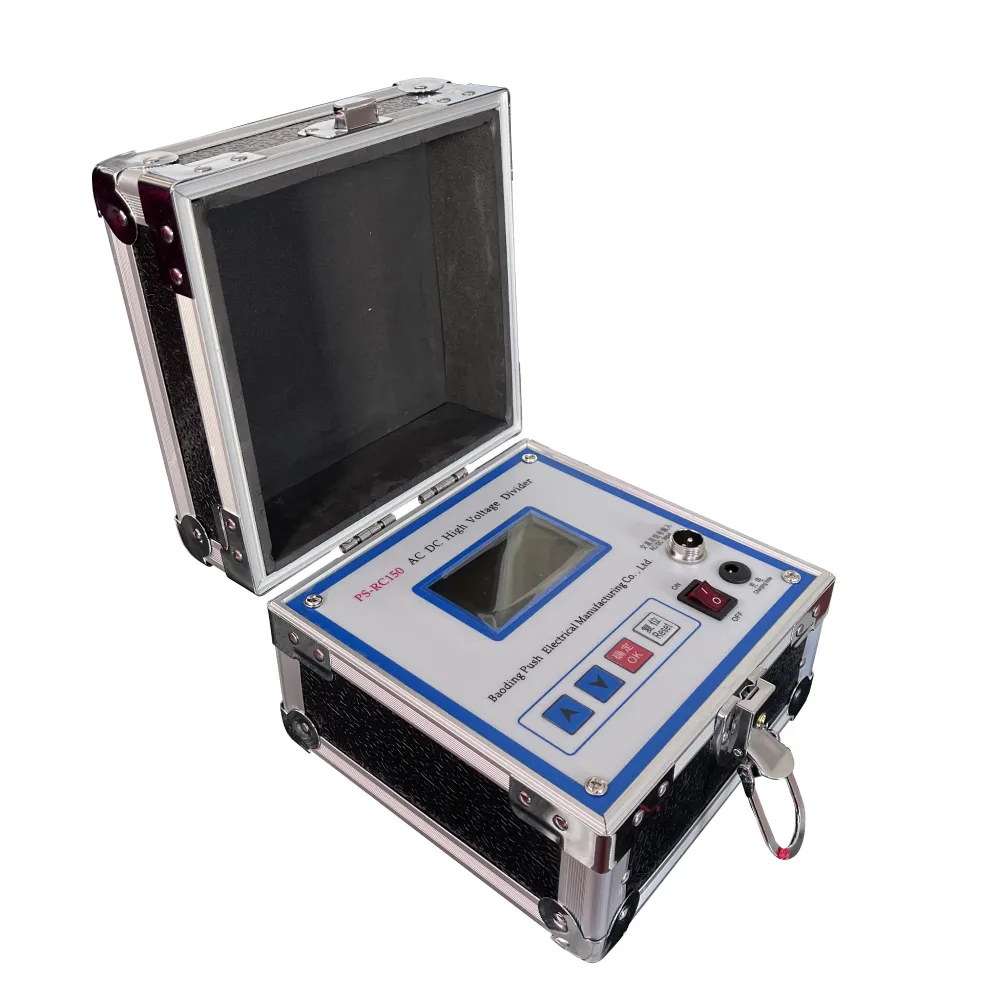 English
English



-
 Afrikaans
Afrikaans -
 Albanian
Albanian -
 Amharic
Amharic -
 Arabic
Arabic -
 Armenian
Armenian -
 Azerbaijani
Azerbaijani -
 Basque
Basque -
 Belarusian
Belarusian -
 Bengali
Bengali -
 Bosnian
Bosnian -
 Bulgarian
Bulgarian -
 Catalan
Catalan -
 Cebuano
Cebuano -
 China
China -
 China (Taiwan)
China (Taiwan) -
 Corsican
Corsican -
 Croatian
Croatian -
 Czech
Czech -
 Danish
Danish -
 Dutch
Dutch -
 English
English -
 Esperanto
Esperanto -
 Estonian
Estonian -
 Finnish
Finnish -
 French
French -
 Frisian
Frisian -
 Galician
Galician -
 Georgian
Georgian -
 German
German -
 Greek
Greek -
 Gujarati
Gujarati -
 Haitian Creole
Haitian Creole -
 hausa
hausa -
 hawaiian
hawaiian -
 Hebrew
Hebrew -
 Hindi
Hindi -
 Miao
Miao -
 Hungarian
Hungarian -
 Icelandic
Icelandic -
 igbo
igbo -
 Indonesian
Indonesian -
 irish
irish -
 Italian
Italian -
 Japanese
Japanese -
 Javanese
Javanese -
 Kannada
Kannada -
 kazakh
kazakh -
 Khmer
Khmer -
 Rwandese
Rwandese -
 Korean
Korean -
 Kurdish
Kurdish -
 Kyrgyz
Kyrgyz -
 Lao
Lao -
 Latin
Latin -
 Latvian
Latvian -
 Lithuanian
Lithuanian -
 Luxembourgish
Luxembourgish -
 Macedonian
Macedonian -
 Malgashi
Malgashi -
 Malay
Malay -
 Malayalam
Malayalam -
 Maltese
Maltese -
 Maori
Maori -
 Marathi
Marathi -
 Mongolian
Mongolian -
 Myanmar
Myanmar -
 Nepali
Nepali -
 Norwegian
Norwegian -
 Norwegian
Norwegian -
 Occitan
Occitan -
 Pashto
Pashto -
 Persian
Persian -
 Polish
Polish -
 Portuguese
Portuguese -
 Punjabi
Punjabi -
 Romanian
Romanian -
 Russian
Russian -
 Samoan
Samoan -
 Scottish Gaelic
Scottish Gaelic -
 Serbian
Serbian -
 Sesotho
Sesotho -
 Shona
Shona -
 Sindhi
Sindhi -
 Sinhala
Sinhala -
 Slovak
Slovak -
 Slovenian
Slovenian -
 Somali
Somali -
 Spanish
Spanish -
 Sundanese
Sundanese -
 Swahili
Swahili -
 Swedish
Swedish -
 Tagalog
Tagalog -
 Tajik
Tajik -
 Tamil
Tamil -
 Tatar
Tatar -
 Telugu
Telugu -
 Thai
Thai -
 Turkish
Turkish -
 Turkmen
Turkmen -
 Ukrainian
Ukrainian -
 Urdu
Urdu -
 Uighur
Uighur -
 Uzbek
Uzbek -
 Vietnamese
Vietnamese -
 Welsh
Welsh -
 Bantu
Bantu -
 Yiddish
Yiddish -
 Yoruba
Yoruba -
 Zulu
Zulu
test a transformer with a multimeter
Testing a Transformer with a Multimeter
Transformers are essential components in electrical systems, widely used to step up or step down voltage levels. Understanding how to test a transformer with a multimeter is crucial for ensuring its proper functionality and safety. This process not only helps in diagnosing faults but also provides insights into the efficiency of the transformer. This article outlines the steps and considerations for testing a transformer effectively using a multimeter.
First and foremost, it is vital to understand the basic construction and operation of a transformer. A transformer consists of two or more coils of wire, known as windings, that are magnetically linked. The primary winding receives the input voltage, creating a magnetic field, while the secondary winding delivers the transformed output voltage. The ratio of turns in the primary to the secondary winding determines the voltage change.
To begin testing, safety is paramount. Always disconnect power to the transformer before starting any inspection. Wear appropriate personal protective equipment (PPE) such as gloves and safety glasses, and ensure that the work area is free of hazards.
The first step in testing a transformer with a multimeter is to inspect it visually. Look for any signs of physical damage, such as burnt areas, frayed wires, or leaks. Any visible damage is a red flag and may indicate deeper issues that necessitate replacement or repair.
test a transformer with a multimeter

Next, set the multimeter to the resistance (ohm) setting to measure the resistance of the windings. Begin with the primary winding. Connect the multimeter probes to the terminals of the primary winding. A typical reading should be a low resistance value, indicating continuity. If the reading is infinite (open circuit) or significantly higher than expected, the primary winding may be damaged and require replacement.
After testing the primary winding, switch the multimeter to the secondary winding terminals. Again, a low resistance value is expected. Comparing the resistance of the primary and secondary windings can provide additional insights; if one winding has drastically different resistance from the other, it may suggest an issue.
Once the resistance checks are complete, the next step is to test for short circuits and insulation resistance. Set the multimeter to the continuity test mode (if available). Test between the windings and the transformer core. There should be no continuity; if there is, it indicates a short or insulation failure that requires further attention.
For a more comprehensive test, a voltage test can be conducted once you are confident in the transformer's safety. Apply an appropriate voltage to the primary winding while measuring the output voltage on the secondary winding using the multimeter. Calculate the turns ratio and verify it against the expected ratio based on the transformer's specifications. Consistent readings indicate a functional transformer, while significant deviations can suggest problems.
In summary, testing a transformer with a multimeter involves a systematic approach encompassing safety checks, resistance measurements, continuity tests, and voltage tests. Understanding these steps will enhance your troubleshooting skills and ensure that transformers operate efficiently and safely in electrical systems. Always refer to the manufacturer's specifications for the most accurate diagnosis and testing guidelines.
-
Testing Equipment Industry Sees Major Advancements in 2025: Smart & Precision Technologies Lead the WayNewsJun.06,2025
-
Applications of Direct Current Generators in Renewable Energy SystemsNewsJun.05,2025
-
Hipot Tester Calibration and Accuracy GuidelinesNewsJun.05,2025
-
Digital Circuit Breaker Analyzer Features and BenefitsNewsJun.05,2025
-
Benefits of Real-Time Power Quality Monitoring Devices for Industrial EfficiencyNewsJun.05,2025
-
Earth Fault Loop Testing in High-Rise Building Electrical SystemsNewsJun.05,2025



